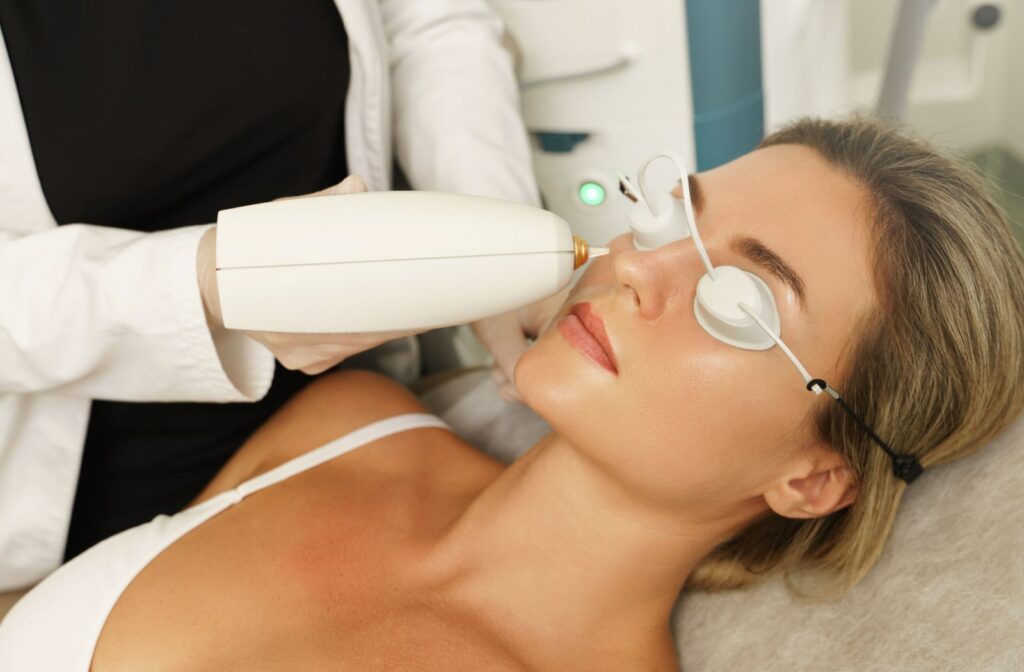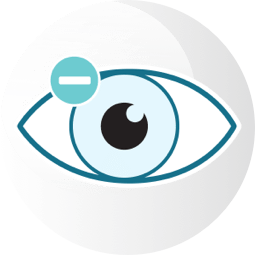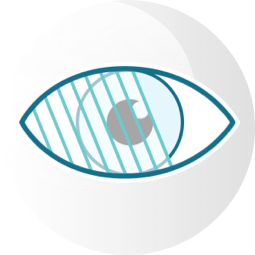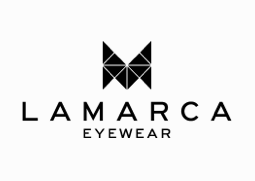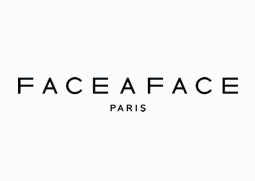Most of us primarily navigate the world by sight, making your eyes one of your most important systems for everyday life. When obstacles like dry eye make it more difficult to achieve our daily goals, we turn to modern medicine and technology to provide not just relief, but the clarity and comfort our eyes deserve.
In a world where digital screens are ubiquitous, the impact of dry eye is more pronounced than ever, and the search for effective treatments has never been more critical. Intense pulsed light (IPL) therapy is a relatively new yet proven approach to combating dry eye, providing benefits such as rapid relief, long-lasting comfort, and reduced inflammation.
What is Dry Eye?
Dry eye is a complex condition characterized by an insufficient quantity or quality of tears. It can present in various forms with many symptoms, ranging from temporary to chronic and from mild to severe. Common symptoms may include:
- Dryness
- Irritation
- Burning
- Redness
- Swelling
- Blurriness
- Light sensitivity
Depending on the type, you may even notice overly watery eyes. This is your eye’s attempt to combat the irritation they’re experiencing. But don’t let it fool you, the core cause may still be dryness.
Types of Dry Eye
Your tears are more than simply water. They’re a collection of nutrients that glands around your eyes produce. Depending on how they’re affected, dry eyes can present in different ways. There are 2 types of dry eye:
- Evaporative dry eye, often linked to meibomian gland dysfunction, results from a compromised lipid layer that typically prevents tears from evaporating too quickly.
- Aqueous-deficient dry eye occurs when the lacrimal glands fail to produce enough of the watery component of tears, essential for hydration and nourishment.
People over 50 are more likely to experience dry eyes. As are women due to hormonal changes that can occur during menopause, pregnancy, or hormone replacement therapy. Other factors that can increase your risk of developing either type of dry eye include:
- Allergies
- Vitamin A deficiency
- Extended contact lens wear
- Lack of blink, such as when on a computer
- Environmental conditions, such as wind, smoke, and hot dry air
- Medications, such as antihistamines, decongestants, and antidepressants
- Medical conditions, such as rheumatoid arthritis, lupus, and thyroid disease
Many times, these factors don’t directly cause your dry eyes, they simply worsen already prescient symptoms. This is why determining the root cause is essential.
Meibomian Gland Dysfunction (MGD)
The meibomian glands, positioned within the eyelids, secrete oils that help stabilize the tear film. When these oils become contaminated or the glands are blocked, it can cause your tears to evaporate too quickly, leading to a range of issues alongside dry eye.
Over 85% of all dry eye cases are linked to MGD.
IPL Treatment Explained
Intense pulsed light treatment, or IPL, is a non-invasive therapeutic approach that addresses the underlying meibomian gland dysfunction responsible for many dry eye cases. Utilizing specific wavelengths of light, IPL targets inflammation, bacterial growth, and blocked oils that prevent the glands from functioning properly.
IPL was originally used as a light-based therapy in the dermatological field. However, the benefits of IPL for dry eye were enough to make it a core part of many dry eye treatments for MGD, backed by more than 20 clinical studies.
How Does IPL Work for Dry Eye?
IPL systems deliver light pulses through a handpiece that specifically targets the eyelids, where the meibomian glands reside. The light penetrates the skin’s surface non-invasively, melting the buildup blocking the oil glands. Your optometrist may follow up by massaging your eyelids, helping the oil wash out and giving your glands a clear path.
The Benefits of IPL Treatment
IPL offers many benefits for people experiencing dry eyes caused by MGD. Chronic dry eye sufferers may often find inflammation a recurring complaint of dryness. IPL can address inflammation and infections that affect tear production, such as blepharitis.
Symptoms can improve fairly quickly, but most people require around 4 treatments. Results can be temporary depending on your lifestyle, but many people experience relief from dry eye for around 9 months, at which point you may require maintenance treatments.
Another benefit is the treatment is generally quick and most can even go right back to their daily lives afterward. 93% of patients said they were satisfied with the results.
Other Dry Eye Treatments
One of the main benefits of IPL is that it can be a small part of a larger dry eye treatment plan. Your optometrist can design a personalized solution to target your symptoms. Alternatively, since IPL works best for MGD, other dry eye disease treatment methods can still offer relief.
Popular dry eye treatments include:
- Lubricating or prescription eye drops
- Eye drops for inflammation
- Vitamin supplements
- Punctal plugs
The Brightness of Dry Eye Treatment
IPL for dry eye can offer considerable promise in the quest to alleviate discomfort and improve daily life. You don’t have to spend your time resisting the urge to rub your eyes or flooding them with artificial tears, IPL can bring lasting relief from symptoms.
At McCauley Celin Eyecare Associates, IPL treatment is just one of the treatment methods we use to help you return comfort and clarity to your vision. If you’re tired of dealing with dry eyes, book an appointment today and find relief.


